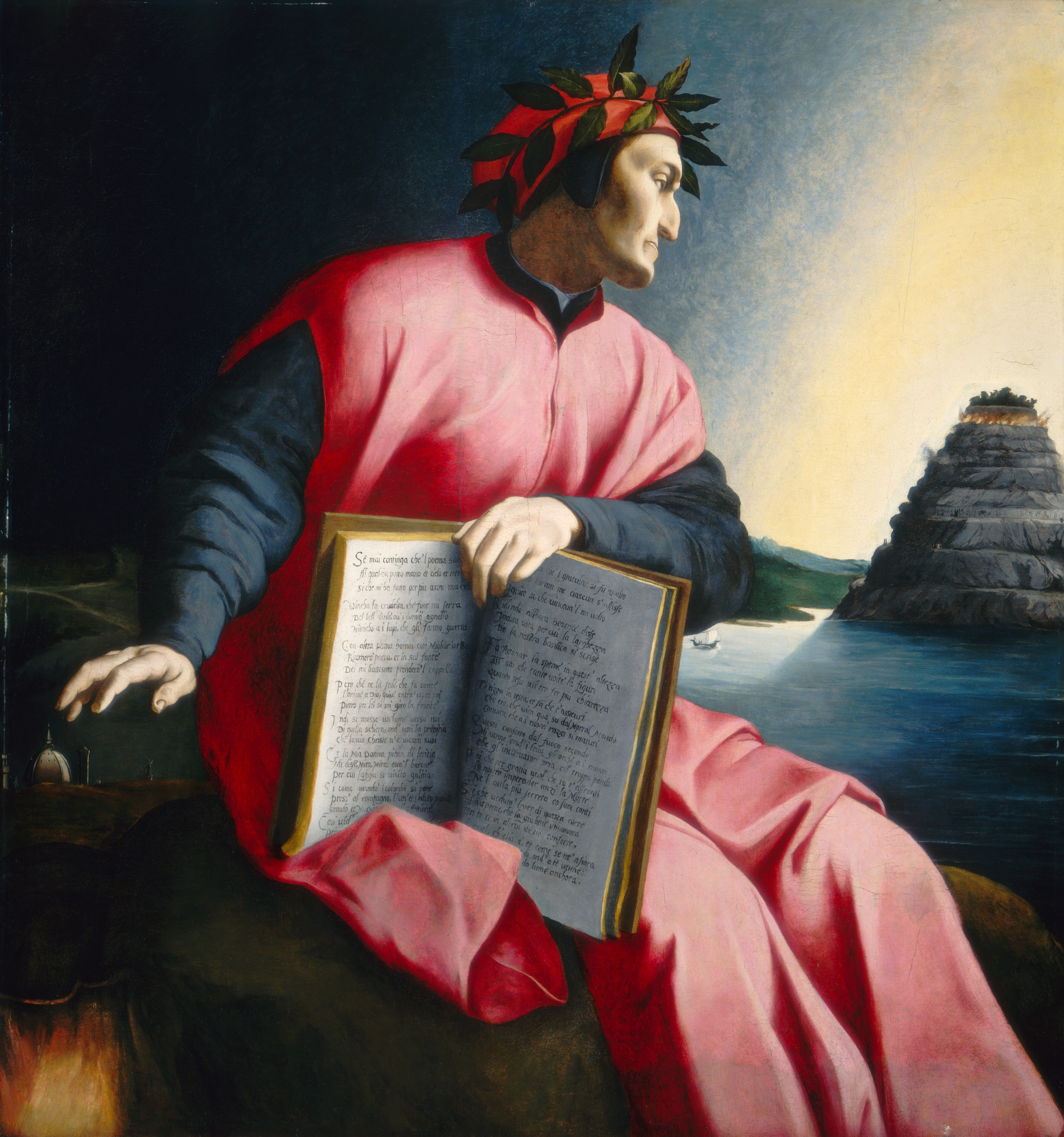When reading Canto 5 of Dante Alighieri’s Inferno, there are multiple ways the aged text can be contextualized and interpreted. After reading Charles Eliot Norton’s translation from 1902 and also Charles Rogers’ translation from 1782, there were some noticeable comparisons between the two. However, despite the large time gap between when they were both produced, they equally and properly displayed Dante’s account of witnessing the souls actively perishing in Hell. In Canto 5, Dante describes his intricate account of lost souls who’ve sinned from situations related to lust in the real world. From detailing the contrapasso, analyzing the judicial methods of Minos and speaking to Francesca da Rimini, I found both translators very successful in portraying the ambiance Dante meant to instill in his readers.

Immediately reading both translated passages, there’s a clear loss of the rhyme scheme, terza rima, that Dante formulated within the Commedia. However, this is expected when translating a complex piece into an entirely new language. One commonality I also noticed was the consistency of Dante’s “sweet new style” beginning on Line 89. Both translators chose to start off their lines beginning with, “Love,” in order to keep the consistent style between the original and the translated texts.
In Norton’s translation, I found that his writing often included more wordy and complex phrases that sometimes complicated the world flow and thought process while reading. For example, Norton states, “…the carnal sinners who subject the reason to the appetite.” Comparatively, Rogers states, “Their reason for their passion being subdued…” (Line 34). Another instance of Norton’s more complicated language includes, “And as the cranes go singing their lays, making in air a long line of themselves, so I saw come, uttering wails, shades borne along by the aforesaid strife.” Rogers simply writes, “Like to the Cranes, who, like flying in long trains, the air disturb with their complaining notes, these Spirits uttered their moaning griefs” (Line 41). Rogers’ lines are easily interpretable and does not hinder the flow of reading for an average, contemporary reader.

In addition, Norton’s word choices appeared to be more sophisticated throughout the text, but held more emotion and impression. For example, he chooses to use “infernal hurricane” rather than the simple “infernal storm” that Rogers uses (Line 27). Looking at the original text, Dante says, “La bufera infernal…,” which directly translates to “the infernal storm.” In English, we think of the word “hurricane” as much more catastrophic than the word “storm.” This may have been an intention related to appeasing to English, cultural connotation. There’s also another similar instance where Norton says, “But tell me…by what and how did love concede to thee to know thy dubious desires?” Rogers instead uses, “But tell me, when your sighs and soft desires were yet uncertain of due return…” (Line 104). There is a distinction between “dubious” and “soft” in this sentence, when Dante originally used “…i dubbiosi disiri.” The Italian word “dubbiosi” can be translated in a few ways in English. Although directly translated as “doubtful,” it can be rendered to manipulate different perceptions of the reader. Again, the word choice of the translators ultimately comes down to the cultural impact it makes on the readers of the translated text.
After reading both copies from different translators, I was more able to connect with Charles Rogers’ text from 1782. I initially assumed Norton’s piece from 1902 would be more straightforward because the time it was translated was much later than the other. As a contemporary reader, Rogers’ text was much more approachable and easier to grasp without having to read lines a few times in order to understand. However, they both kept the essence of Dante’s poetry and maintained thoughtful considerations when translating the old Italian text to English.